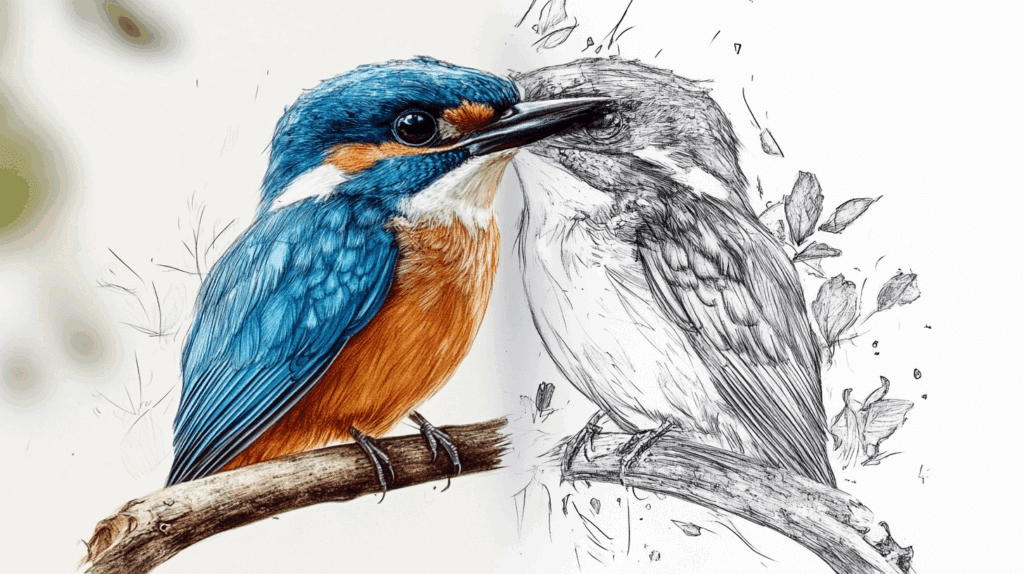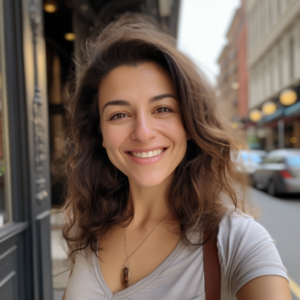Ever wondered what exactly sets a quick sketch apart from a more detailed drawing?
They both involve putting pencil to paper, but the intent and outcome can be quite different. Many budding artists (and even some seasoned ones!) ponder this question.
Is it just about speed, or are there detailed distinctions in technique and purpose? Understanding these subtleties can actually raise your artistic practice, helping you choose the right approach for your creative goals.
It’s also just plain interesting to know! So, stick around as we learn the fine differences between a sketch and a drawing.
We’ll break it down in a way that’s easy to grasp – there will be no art jargon overload, we promise!
Analogies to Explain Sketching and Drawing
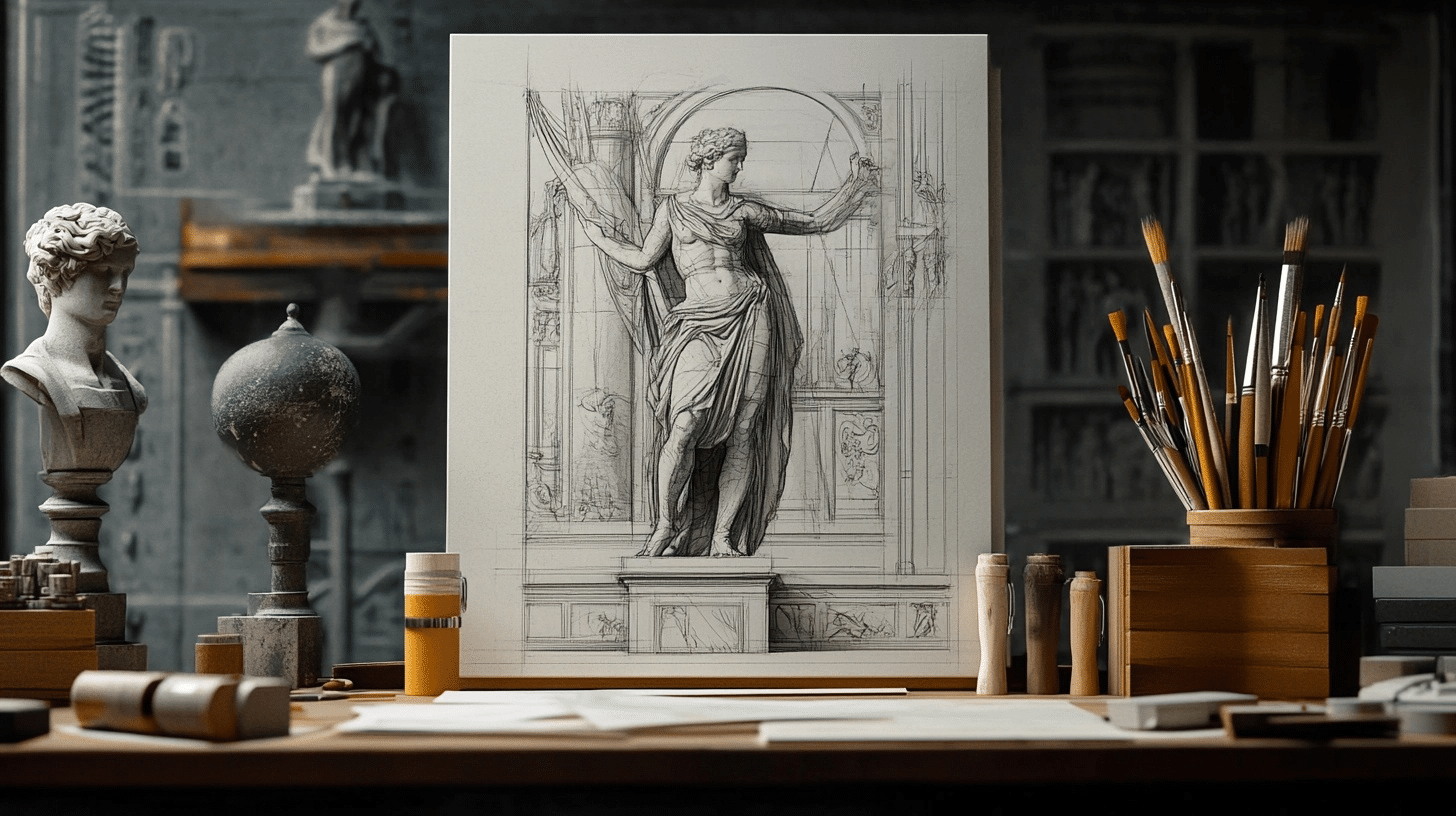
Artists and art educators often turn to helpful comparisons to clarify the distinction between sketching and drawing. These analogies make the concepts more accessible to students and art enthusiasts who are just beginning to understand the different approaches to creating visual art.
Think of sketching as jotting quick notes during a lecture.
These notes capture main ideas and key points without worrying about perfect handwriting or complete sentences. They serve their purpose by recording information quickly before it escapes memory.
Similarly, sketches capture visual ideas rapidly, focusing on essence rather than perfection.
Drawing, by comparison, resembles writing a formal essay.
The writer carefully constructs sentences, develops paragraphs, and refines the work through multiple drafts. The final product shows polish and completeness. Drawings follow this same pattern of careful development and refinement.
Another useful analogy compares sketching to a rough blueprint of a house.
The blueprint shows the basic layout and structure but lacks details about materials, colors, and decorative elements.
Construction managers use these preliminary plans to test ideas before committing to final designs.
Artists use sketches in much the same way as testing compositions and forms before investing significant time.
Drawing relates more to the detailed construction plans that follow.
These comprehensive documents specify everything from exact measurements to material types. Nothing remains undefined or vague. Drawings similarly leave little to interpretation, showing precise forms and complete information.
These comparisons help clarify that sketches and drawings aren’t simply different quality levels of the same activity but rather distinct approaches with other purposes, methods, and outcomes in the artist’s toolkit.
Tools Used in Sketching vs Drawing
When we look at the tools used by artists, we can notice clear differences between sketching and drawing gear. Here’s a comparison in table format:
| Sketching Tools | Drawing Tools |
|---|---|
| Pencils (2H-2B) | Full range of pencils (8B-8H) |
| Charcoal sticks | Colored pencils |
| Rough paper | High-quality paper with texture |
| Mechanical pencils | India ink and pens |
| Basic erasers | Kneaded erasers and erasure shields |
| Ballpoint pens | Markers and fine liners |
| Sketchbooks | Drawing boards |
Difference Between Sketch and Drawing
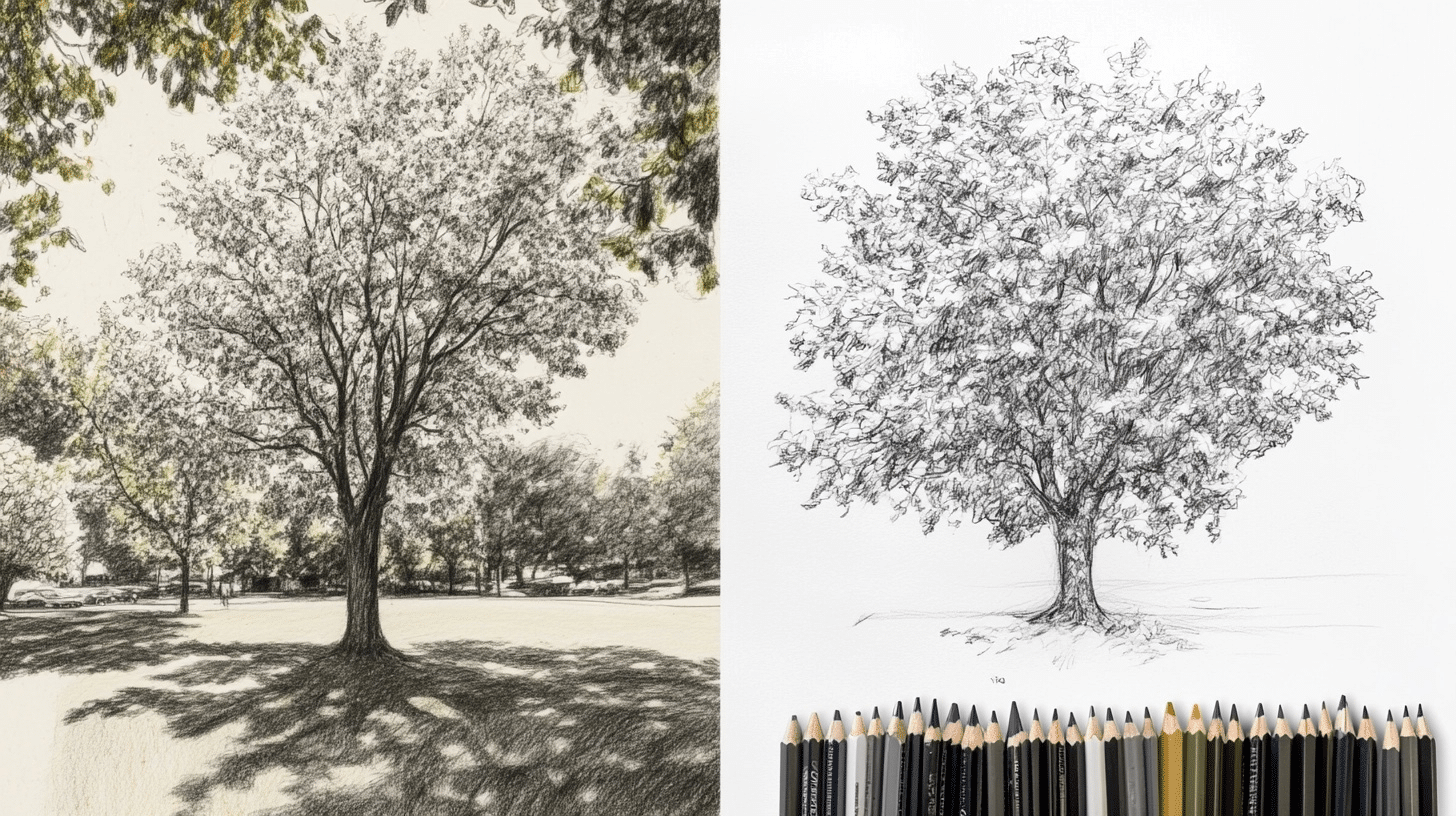
Artists often use the terms “sketch” and “drawing” interchangeably, but they represent distinct approaches to creating visual art.
Understanding these differences helps both creators and viewers appreciate the unique value each brings to the artistic process.
From purpose and time investment to audience and final presentation, sketches and drawings follow separate paths while remaining connected through the artist’s vision and skill.
Purpose
Sketches serve primarily as visual thinking tools. Artists use them to capture fleeting ideas, plan compositions, or record quick observations. They function as preliminary work rather than end products.
Drawings, on the other hand, exist as complete artistic expressions. They stand independently as finished pieces, often meant for display or formal presentation.
While sketches lay the groundwork, drawings build the entire structure with careful attention to completion.
Time Commitment
The time investment for these art forms varies significantly.
A sketch might take anywhere from a few seconds to perhaps half an hour. Artists often produce multiple sketches in a single sitting, rapidly testing different approaches or angles.
Drawings demand much more. A detailed drawing could require many hours spread across days or even weeks. The artist must maintain focus and consistency throughout this extended process.
Many professionals block out specific time for drawing sessions, treating the work as a commitment rather than a casual activity.
Level of Detail and Finish
Sketches typically show basic outlines with selective details. An artist might include only the most essential elements needed to convey an idea or form.
Shading in sketches tends to be minimal or indicative rather than fully developed. Paper quality matters less since sketches focus on speed over permanence.
In drawings, artists carefully build detail layer by layer. Every aspect receives attention—from precise line work to refined shading techniques. Texture, tone, and depth all play important roles.
The finish quality of drawings matters tremendously, with artists often using special papers and taking care to create clean, professional results.
Intent and Audience
Artists create sketches mainly for themselves or close collaborators.
These pieces function as visual notes or studies rather than public-facing work. The intent focuses on problem-solving or idea generation.
Drawings target wider audiences for clients, galleries, publications, or social media; drawings aim to communicate with viewers beyond the artist. This external focus shapes decisions about style, presentation, and subject matter throughout the creation process.
Examples of When to Use Each
Sketching proves valuable when:
- Brainstorming concepts for larger projects
- Studying anatomy or movement
- Capturing quick impressions while traveling
- Testing multiple composition options
- Practicing technique without pressure
Drawing becomes appropriate for:
- Creating art for exhibition
- Developing portfolio pieces
- Fulfilling client commissions
- Producing illustrations for publication
- Making meaningful gifts
Why Sketching Is a Foundation for Drawing
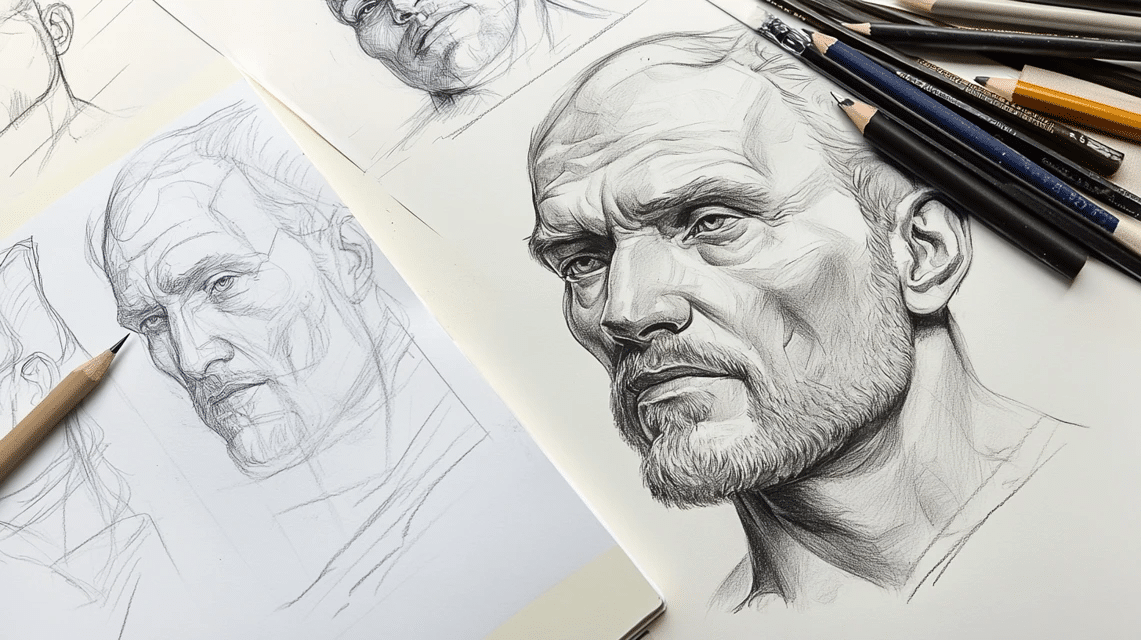
- Sketching provides essential groundwork for more complex drawing projects, acting as the first step in the artistic process.
- Many professional artists begin by creating multiple sketches to find out various angles, compositions, and approaches before selecting one to develop.
- The quick, loose nature of sketching removes the pressure of perfection, allowing artists to focus on capturing basic forms and relationships.
- Through sketching, artists train their eyes to observe and record a subject’s essential qualities without getting bogged down in details.
- Regular sketching practice builds muscle memory and hand-eye coordination that directly improves drawing capabilities.
- Sketches serve as valuable reference material during the drawing phase, helping artists maintain their original vision.
- The transition from sketch to drawing involves methodically refining lines, adding details, and developing tone.
- Most art education programs begin with sketching exercises before introducing more formal drawing techniques.
- Artists who skip the sketching phase often struggle with fundamental issues in their drawings that could have been identified earlier.
- Sketching helps establish proper proportions and structural elements that form the backbone of successful drawings.
When to Sketch & When to Draw
| Situation | Sketch | Draw |
|---|---|---|
| Planning a project | Use quick sketches to try multiple ideas in a short time | Create a detailed drawing once the concept is finalized |
| Limited time | Capture the basic form and essential details in minutes | Wait for a longer session when you can focus fully |
| Outdoor scenes | Quickly record changing light, moving subjects, or weather | Work from photos or return to the same spot multiple times |
| Learning anatomy | Make many quick studies to understand structure and movement | Produce careful studies once basic forms are understood |
| Client work | Show rough concepts for approval before committing time | Deliver polished drawings after concept approval |
| Emotional state | Use loose, expressive sketches when feeling inspired or rushed | Save detailed drawing work for calm, focused mental states |
| Memory aid | Quickly note visual information you need to remember | Not necessary – use reference photos instead |
| Portfolio pieces | Not suitable – too informal and unfinished | Essential – showcases technical skill and attention to detail |
| Practice sessions | Perfect for daily practice to build hand-eye coordination | Good for weekly or monthly skill assessment |
Finishing It Up
So what makes sketching different from drawing? It all comes down to purpose, time, and detail. Sketches help artists think visually and plan their work. Drawings showcase skills and communicate complete ideas to others.
Artists learn that both skills matter equally in the creative process.
They sketch when exploring ideas, practicing techniques, or capturing quick impressions. They create drawings when they want to share their vision with others or produce work that stands alone.
The difference between sketch and drawing is like the difference between a whisper and a speech – both communicate, but in very different ways.
One catches ideas as they flutter by; the other pins them to the wall for all to see. Both hold the magic of creation in their lines, just waiting for the right moment to shine.

